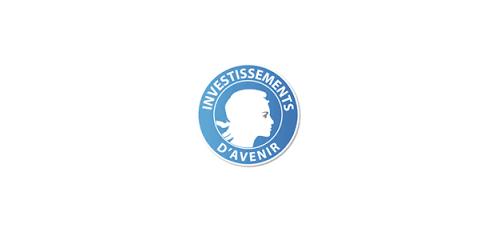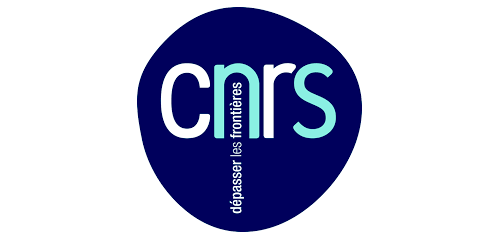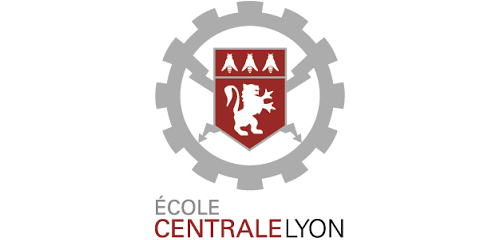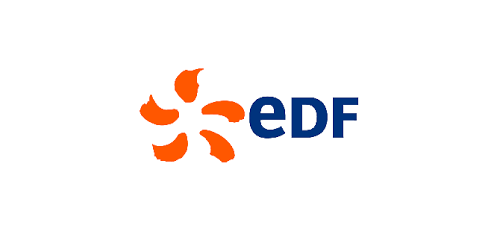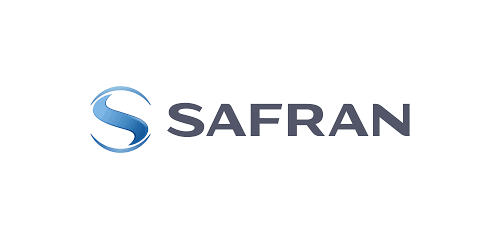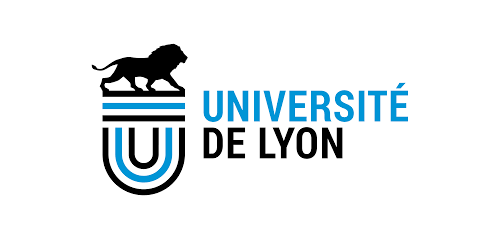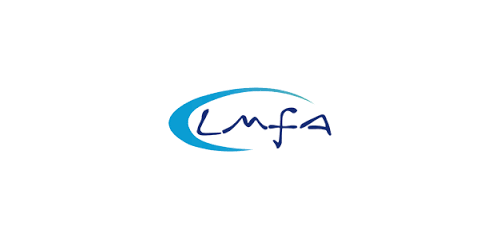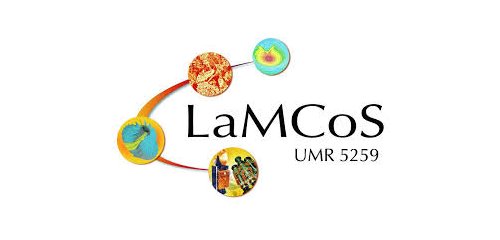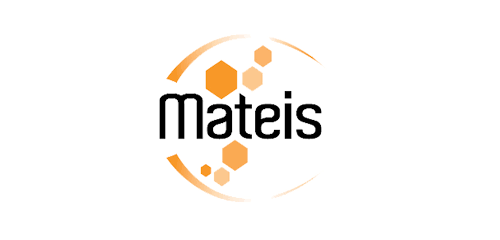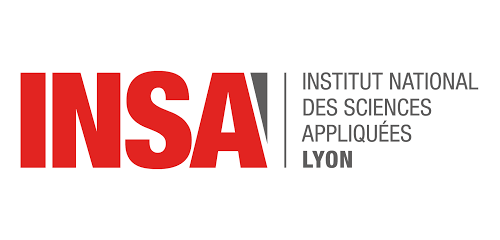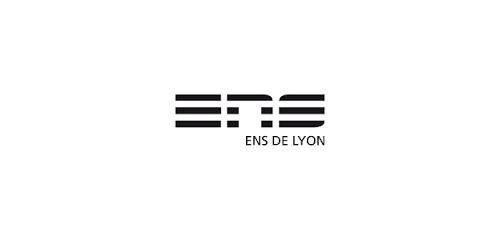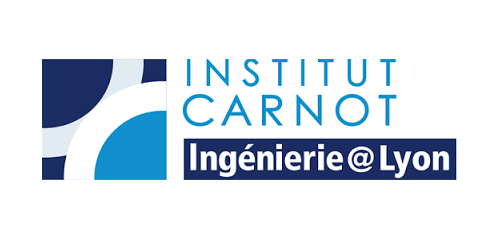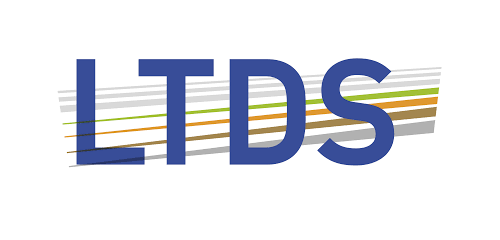Summary
The development of more economical and safer societies requires to improve the means of transport and of energy production. Among these means, rotating machines hold a central place. To address these societal issues, it is then essential that the rotating machines technology be innovative and make progress on the following topics: performance, costs and noise reduction while continuing to maintain the components’ reliability, durability and safety. Thus, the scientific purpose of the project is to propose a validated approach that ensures systems integrity by preventing their instability and failure while minimizing energy consumption. In order to reach these conflicting objectives, experiments must be performed until the system fails due to instability or shock, and this process must be understood by numerical simulation. So we will increase our ability to develop a reliable virtual design enabling one to optimize its security, energetic efficiency and environmental impact.

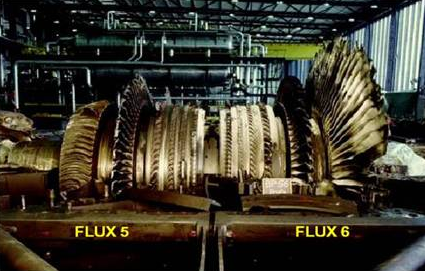
These mechanically-limiting situations can originate, for example, from interaction instabilities (fluid / structure or structure / structure coupling...), from excitations (seismic, manoeuvering loads...) or even from impacts (e.g. bird ingestion) which can lead to disaster (Figure 1 et Figure 2). Future scientific and technological advances will be performed by pushing the limits into these areas of extreme behaviour. Indeed, excessive safety margins, related to a lack of knowledge of uncertainties, currently exclude operating points with a high efficiency from the machines recommended range of use.
The proposed platform will be aimed at breaking down these scientific and technological barriers. Then we will be able to increase at the same time the reliability and the performance of turbo-engines and energy supplying devices. To face this challenge, the proposed project PHARE consists of original and unique experimental facilities, both at the national and international levels, coming in three test-beds complementing each other, and whose common purpose is to test and analyse rotating machines integrity. The main scientific topics addressed by these experimental facilities are:
- Structural instabilities linked to failure and contact processes
- Aerodynamic and aeroelastic instabilities, along with aeroacoustic signatures
- Structural instabilities related to external loadings
This research area is rarely dealt with by realistic experiments because it suffers from the explosive and destructive characteristics of the tests themselves. The lack of reliable and relevant data results in a lack of robustness and accuracy of the numerical simulations that are required to master the design and optimization of such systems. Indeed, most test rigs in laboratories are generally designed not to endure breakdown phenomena and they are often in similitude only for one kind of physics. Breakdown and instability phenomena are at the heart of the project, but multiphysics coupling is also a central topic. Today, no test rig is in similitude for many physics (materials, mechanics, aerodynamics and acoustics), we would enable one to suitably test the couplings and the instability mechanisms they entail. The research conducted on the platform PHARE will enable one to design the rotating machine of the future. Built according to an innovative architecture, equipped with environmentally friendly bearings (such as active or hybrid magnetic bearings) and embedded intelligent systems (for an autonomous operation and for an early detection of weak signals of malfunction), it will meet the present needs for ultra-compactness and wide speed range operability (to meet energy demand) while providing robustness to many expected or unexpected demands in contexts of often extreme loadings. Furthermore, the economic and environmental stakes involved in this project are amplified by the continuous increase in the machines size (aircraft engines or turbo-generators) due to costs optimizations and to the restart of large programs such as nuclear energy ones. Having reliable and innovative machines at our disposal will be an undeniable asset for domestic manufacturers and will consequently generate a positive spin-off on employment.
The PHARE project will develop an original research conducted by a high-ranking scientific team consisting of experts in structures, materials and fluids mechanics, acoustics and physics. The participation of major economic players guarantees that the developments will be oriented in accordance with the social and economic needs of the country. The long standing experience of the project’s laboratories in research partnerships linked with transportation and energy, and the quite high number of national rotating machinery industrialists make PHARE trustworthy, feasible and give a true capacity to make it work self-profitably. Moreover, partner institutions have committed themselves to implement human means such as engineers and appropriate premises, making the test-bed clearly visible. Partner universities will of course take out patents and publish, because these criteria are very sensitive in the evaluations performed by AERES (the french Evaluation Agency for Research and Higher Education), CNU (National Council of Universities) and by the National Council of CNRS (the french National Center for Scientific Research) in agreement with the conventions signed with the industrial partners.

